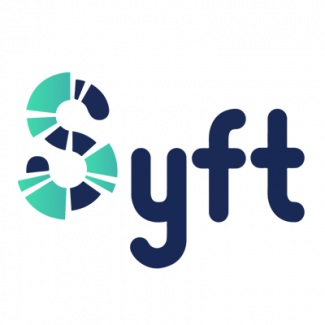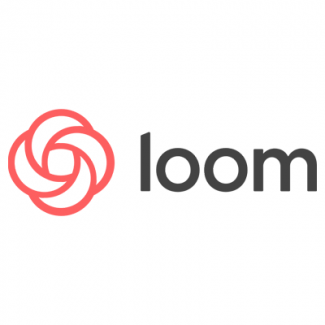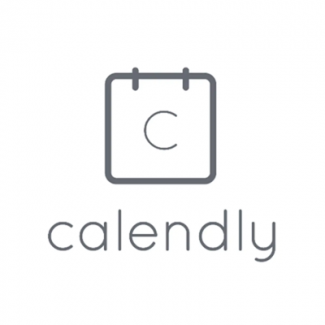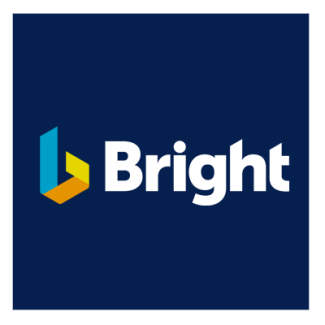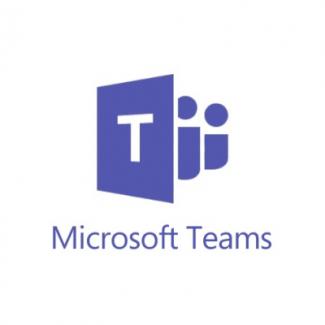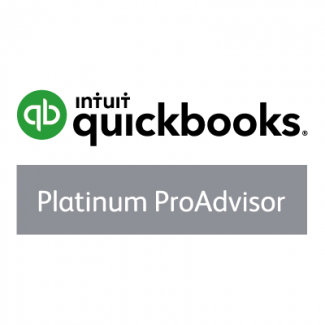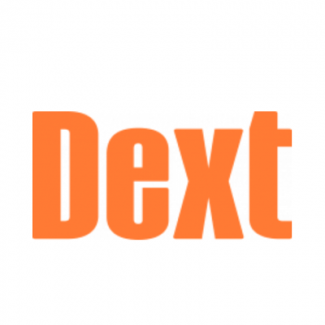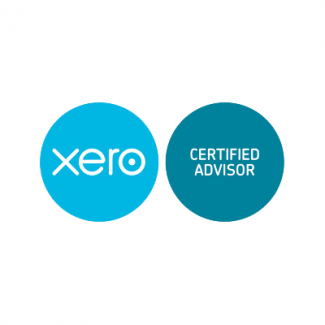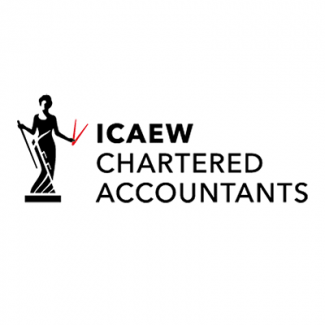Tax relief for travel and subsistence
This tax relief is to be restricted for workers engaged through employment agencies, such as an umbrella companies, from 6 April 2016. This means such temporary workers won’t be able to claim expenses for travelling to work, and won’t be due a lunch allowance either.
Individuals who contract through their own personal service companies may be caught by this change in the tax rules, but only where the contract they perform falls under the IR35 rules. If IR35 doesn’t apply, the contractor can carry on claiming a reimbursement of travel and lunch costs from his own company.
Disguised remuneration
The disguised remuneration rules, first introduced with effect from 9 December 2010, prevent the avoidance of tax through schemes that involve payments made to employees by third parties. The most common example is a loan made by an employee benefit trust on terms that the loan would be interest free and would never be repaid. An opportunity to disclose and settle such arrangements, avoiding the penalties imposed, closed in 2015.
Since 2010, schemes have been promoted that exploit perceived loopholes in this legislation. As a result, new anti-avoidance measures are to be introduced in stages. The first stage introduces two measures (effective immediately), as follows:
- HMRC will withdraw a relief that applies in cases where the settlement opportunity has been taken up. Unless tax on the disguised remuneration is paid to HMRC by 30 November 2016, any “investment return” on that disguised remuneration will be subject to the 2010 rules and thus related penalties.
- There will be a new charge on (broadly) all disguised remuneration loans outstanding on 5 April 2019. Any charge will fall on the employer in the first instance.
Further changes will be introduced in future Finance Bills.
Termination payments
Under the current rules, a £30,000 tax exemption applies to certain payments made on the termination of employment. However, the same payments can be made completely free of National Insurance Contributions (NIC) without limit. This is to be changed from April 2018, such that employer NIC will be due on taxable payments in excess of the £30,000 limit. The rules on the availability of the £30,000 exemption will be tightened from the same date, to avoid manipulation.
Salary sacrifice
The Government is considering limiting the range of benefits that attract income tax and NIC advantages when provided as part of a salary sacrifice scheme.
‘Fair bargain’ rule and benefits in kind
A benefit in kind tax charge does not generally apply to something that is a ‘fair bargain’ between the employee and the employer. This is the case where an employee receives goods or services from their employer at the same cost and on the same terms and conditions as a member of the public buying on arm’s length terms. Legislation will confirm that this fair value rule does not apply to benefits with specific rules for working out the tax charge, such as living accommodation, cars, vans and cheap loans. Instead, the benefit in kind tax charge will continue to apply and will be reduced by any payments made by the employee.
This potentially means that an employee may be in a worse position than the member of the public. The employee may suffer a benefit in kind charge on top of the market rate he pays. However, employees who hire cars from an employer in the hire-car business are excluded from the application of this rule.
Company car tax
As previously announced, the appropriate percentages for most company cars will increase at 6 April 2016 and continue to rise in future years. Diesel cars continue to be subject to a 3% supplement, subject to the 37% maximum charge.
Zero emission vans
The tax charge for zero emission vans will remain at 20% of the standard charge for 2016/17, rather than increasing to 40% as originally planned. The standard charge for a company van is set at £3,170, meaning that the amount charged to tax on a zero emission van will now be £634. Consequently, a basic rate taxpayer will pay tax of £126.80 on a zero emission van and a higher rate taxpayer will pay £253.60.
Payrolling
From 2016/17, employers who register with HMRC can collect the tax on most taxable benefits in kind provided to employees through the payroll, rather than reporting those benefits on form P11D after the end of the tax year.
The opportunity to payroll benefits is not yet available for vouchers and credit tokens, living accommodation or cheap loans, but vouchers will be brought into payrolling from 2017/18. Employers who wish to payroll these benefits from April 2017 will need to register with HMRC to do so before 6 April 2017.
